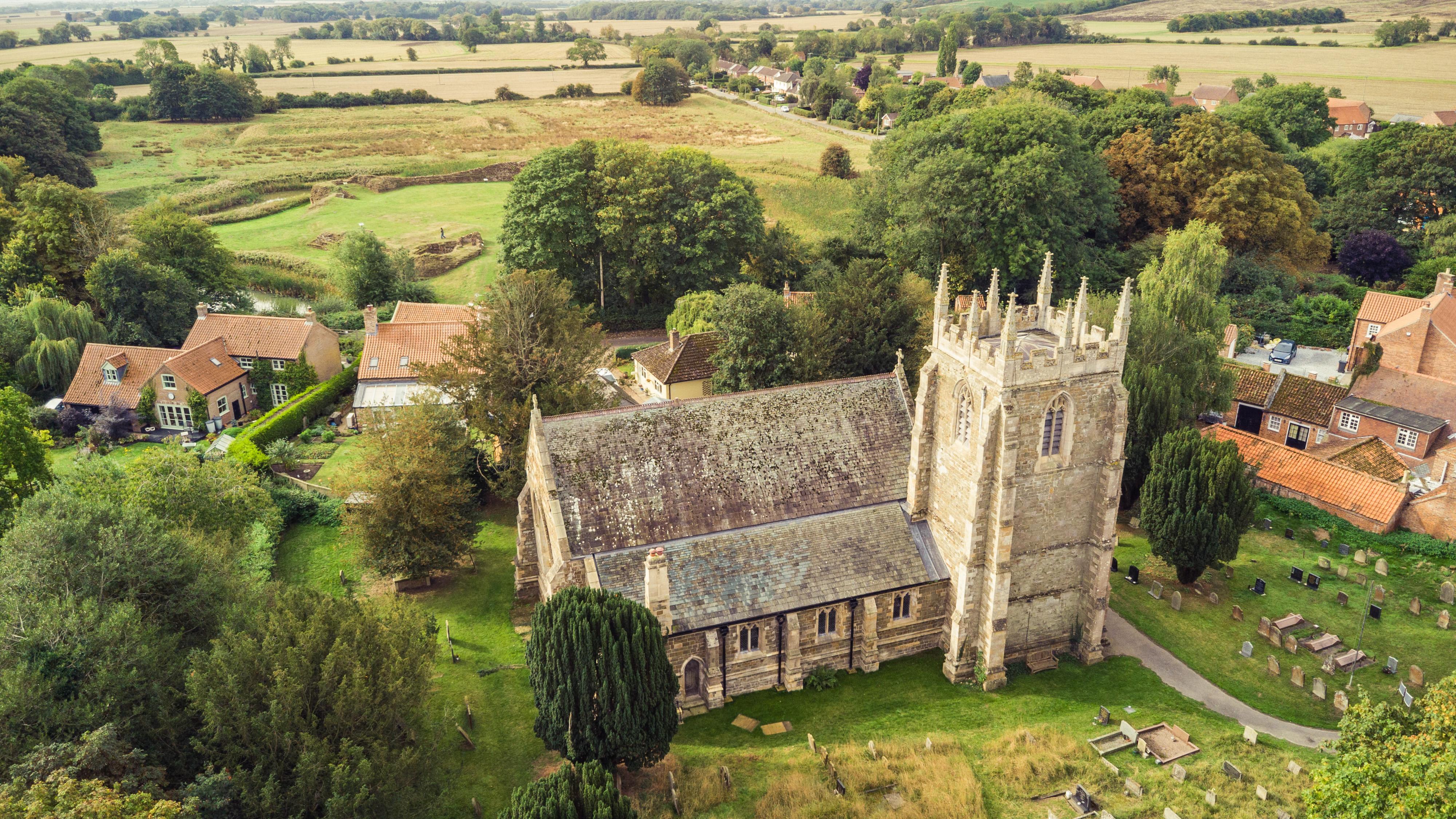St Peter & St Paul
Hareby, Lincolnshire
Delightful small church nestling in Hareby, a tiny village situated on thenLincolnshire Wolds with beautiful views to the southeast looking across the fens.

St Peter & St Paul is first mentioned in the Domesday Book and is primarily 14th century, restored by James Fowler in 1866 and 1889.
Old Bolingbroke, Lincolnshire
Located in the historic village of Old Bolingbroke, St Peter & St Paul can be found not far from the 13th century Bolingbroke Castle.
The existing structure is a small part of a much larger 14th century church, two thirds of which were destroyed during the seige of the castle in 1643. The remaining portion includes what was once a substantial south aisle (now the nave), a crenelated six bell tower and a Victorian north aisle, which was added during the extensive renovations by the architect James Fowler.
The church boasts several 14th century windows, and a font and sedilia of the same era. It was the parish church of John of Gaunt (father of Henry IV who was born in the castle) and Alice de Lacy, Countess of Lincoln, both of whom are credited with the building of the present building.
Hareby, Lincolnshire
Delightful small church nestling in Hareby, a tiny village situated on thenLincolnshire Wolds with beautiful views to the southeast looking across the fens.
Mavis Enderby, Lincolnshire
Beautiful Lincolnshire church with an unusual claim, it has a peal of bells named after it!
West Keal, Lincolnshire
A place of worship has stood on the site for 900 years although the present building, built of local greenstone, is mainly 14th century.